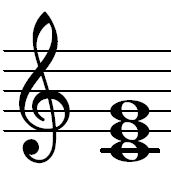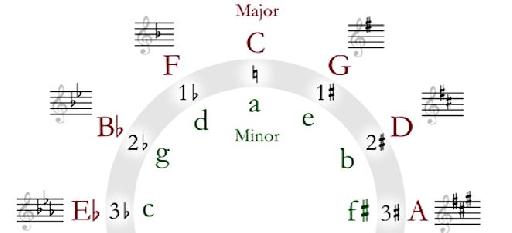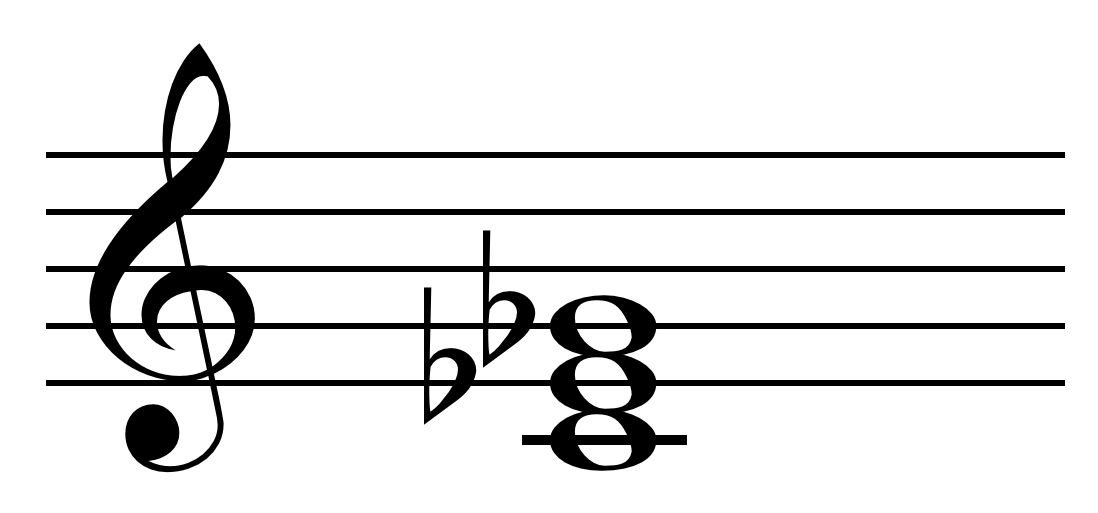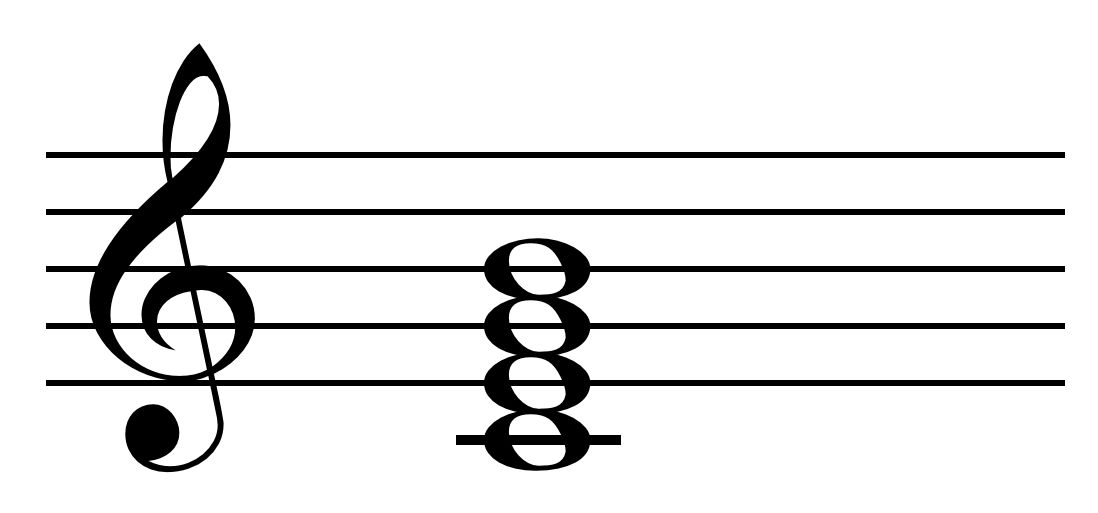The Circle of Fifths
If you're writing and composing music, it's important to understand the circle of fifths. An important tool in Western Music, the circle of fifths helps you to learn key signatures, build chords, and compose melodies and progressions. In addition, The circle of fifths also shows how major and minor keys are related to each other.

The circle of fifths (credit: Just plain Bill via Wikipedia.)
The Circle of Fifths is divided up into 12 sections, which each represent a different key signature. As you travel clockwise around the circle, each key signature is the fifth pitch in the scale of the preceding section. For example, if you begin with C, the following section to the right is G, which is the fifth note of the C scale. You can use The Circle of Fifths to determine the key signature of each key. To figure out how many sharps are in a key, simply count clockwise from the top of the circle. For example, the C Major scale has no accidentals (flats or sharps) The G major scale, which is one section clockwise from C, has one sharp, F#.
To calculate the number of flats in a key, you follow a similar process, except count counterclockwise. For example, the key signature of Bb has two flats (Bb and Eb). We know this is true, because Bb is located two sections counterclockwise away from C.
The Circle of Fifths can also be used to find out what the key signatures of the minor keys are. To find a minor key signature, begin with the key you'd like to use, and move three spaces counterclockwise. Use the key signature from the key you land on as the minor key signature. For example, if you would like to discover what the key signature is for C Minor, begin in the C section, count three sections counterclockwise, and you'll land on Eb, which has three flats. (Bb, Eb, and Ab) Therefore, the key of C minor uses the same key signature as Eb Major: Bb, Eb, and Ab.
Diatonic Triads
If you're writing a song in the key of C Major, then the scale you're working with to build your chords is the 'C Major' scale. The most basic diatonic chords are three-note chords (triads), which are composed from alternating notes from this scale.
The first, third and fifth note of the major scale form a major triad. In the key of C:
C D E F G A B C
C, E and G form a 'C Major Triad'.

C Major Triad
The next diatonic triad from the C Major Scale is formed by beginning on D:
C D E F G A B C
When played together, D, F, and A form a 'D Minor Triad'.
Roman Numerals
Roman numerals are used in music to describe how a chord relates to the key signature.
Every major key contains seven different tones; we can build a basic triad starting on each tone. This means that within any major key, there are seven different diatonic triads.
The roman numerals used to represent these triads and the corresponding type of triads are:
- I (C Major)
- ii (D minor
- iii (E minor)
- IV (F Major)
- V (G Major)
- vi (A minor)
- vii° (B diminished)
Diminished Triads
The diminished triad is a triad consisting of a root, a minor third, and a flattened fifth. A C diminished triad (In the key of Db Major) would be: C, Eb, and Gb.
C Diminished tirad
In the Key of C Major, the vii° diminished chord would be:
B D F
Major and Minor Chord Progressions for Music Composition
You'll want to make use of diatonic triads as you write music; you can link these diatonic triads together to form melodies that make musical sense. There are common chord progressions that sound good in almost any style or genre; here is a list of popular diatonic chord progression guidelines to follow when song writing.
- I chords can appear anywhere in a progression
-
ii chords lead to I, V, or vii° chords
- iii chords lead to I, ii, IV, or vi chords
- IV chords lead to I, ii, iii, V, or vii° chords
- V chords lead to I or vi chords
- vi chords lead to I, ii, iii, IV, or V chords
- vii° chords lead to I or iii chords
Seventh Chords
Using any four notes in the chain of thirds creates a '7th chord' (a triad within a seventh). A seventh chord is a chord consisting of a triad plus a note forming an interval of a seventh above the chord's root.
The most common type of seventh chords are the dominant seventh, the major seventh, and the minor seventh chords.
When not otherwise specified, a seventh chord usually refers to a dominant seventh chord, which is a major triad with the addition of a minor seventh.
A dominant seventh chord is composed of the root, major third, perfect fifth and minor seventh. The dominant seventh chord is commonly written as: '7' (eg. C7)

C dominant seventh chord
A major seventh is composed of the root, major third, perfect fifth and major seventh. Common symbols for the major seventh chords are:
Cmaj7, CM7, CΔ
C Major seventh chord
The minor seventh chord is composed of the root, minor third, perfect fifth and minor seventh (C, Eb, G, Bb in a C min7 chord). A few common symbols for the minor seventh include:
Cmin7, Cm7,C-7
If you begin with a diatonic triad, and build onto this using another third on top, the next note in the chain of thirds gives each of triads a '7th'. The I and IV chords will have major 7ths, all the others have minor 7ths.
Here is a useful list of all the 7th chords:
- I (maj7)
- ii (min7)
- iii (min7)
- IV (maj7)
- V (7)
- vi (min7)
- vii (min7b5)
In the key of C Major, these chords would be:
C maj7 D min7 E min7 F maj7 G7 Amin7 B min7b5
You can advance your chord progressions by adding sevenths to your chords. These additional notes will help to advance your chord structures into new musical territory. It's a good idea to practice both diatonic triads and seventh chords on a piano, as the keyboard makes it an ideal instrument for learning theory and chords.
Putting Your Chords into Practice
To improve your songwriting and musical abilities, you'll need to put your chords into practice. Start by analyzing popular songs and songs you enjoy to see what type of chord progressions are used. You should also analyze your own chord progressions in your songs, to see what types of chord choices you typically make. There's always room for improvement!





 © 2024 Ask.Audio
A NonLinear Educating Company
© 2024 Ask.Audio
A NonLinear Educating Company
Discussion
Want to join the discussion?
Create an account or login to get started!